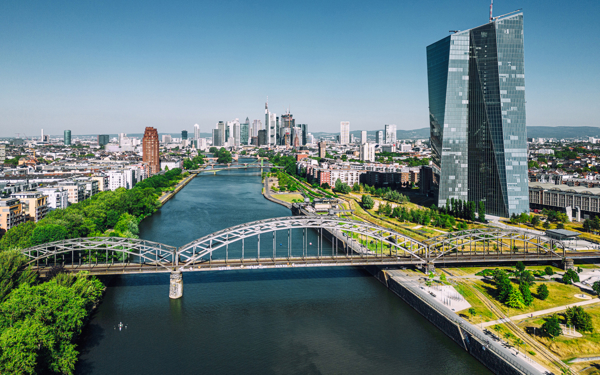Inflation: price increases
When the prices of many goods and services increase, we call this inflation. Inflation is expressed as a percentage. For example Dutch inflation was 2,4% in August 2025. That percentage indicates how much more money consumers spent on average on day-to-day expenses compared to a year earlier. For some time now, inflation in the Netherlands has been higher than the euro area average. This difference can largely be explained by taxes introduced in the Netherlands and the higher prices of services (mainly due to relatively strong wage growth in The Netherlands).
How the inflation rate is calculated
Statistics Netherlands (CBS) is the agency that calculates the rate of inflation. They do so by tracking prices in a 'basket' of all kinds of products we spend money on, from coffee to clothes, from smartphone plans to housing costs. Statistics Netherlands calculates the current inflation rate every month, making use of a European standard so that inflation can be compared throughout the euro area. This is known as the Harmonised Index of Consumer Prices (HICP).
COVID-19 and war boost inflation
Inflation was high for a long time. Your daily groceries, going to the hairdresser or a new bike: everything became a lot more expensive in a fairly short time. These price hikes are all related to the Covid-19 pandemic and the war in Ukraine.
The economy came to a standstill in 2020 as a result of the pandemic. When the economy rebounded and demand for all kinds of products and services increased, companies could not get materials and people fast enough to supply them. This created huge shortages of products and services. The war in Ukraine caused further shortages, especially of gas and oil, along with shortages of foodstuffs such as grain and sunflower oil.
In the wake of the pandemic and the war, demand for many goods and services outstripped supply. And when demand exceeds supply, prices rise. That is simply how the market works.
Expensive energy boosts prices further
High energy prices make other products more expensive, too: the greenhouses where your peppers and tomatoes grow need to be heated. The van that delivers your order to your door needs fuel to run. And with all the price hikes making life more expensive, many workers also want higher wages. Higher wages mean higher costs for employers, and these are also reflected in prices.
Inflation and our prosperity
Inflation means that most prices are rising. And when inflation is high, you really start to notice everything becoming more expensive. This means you cannot buy as much with your money. Maybe you are no longer able to make ends meet on your income. That's not good for you, and it's not good for the economy either. When inflation is too high, prices change rapidly and uncertainty grows. This puts a brake on the economy, and that's what central banks want to avoid.
Why does inflation need to come down?
Central banks and inflation
Of course, the European Central Bank (ECB) does not set prices. The market sets prices according to the law of supply and demand. The ECB has no direct control over inflation, but it does have tools to influence inflation indirectly. It does so with monetary policy.
Interest rate as accelerator and brake pedal
The main tool the ECB is currently using to bring down inflation is the key policy rate, which is the interest rate at which banks borrow money from the ECB or deposit money with the ECB. In short, the interest rate acts as the accelerator and brake pedal for the economy as follows.




